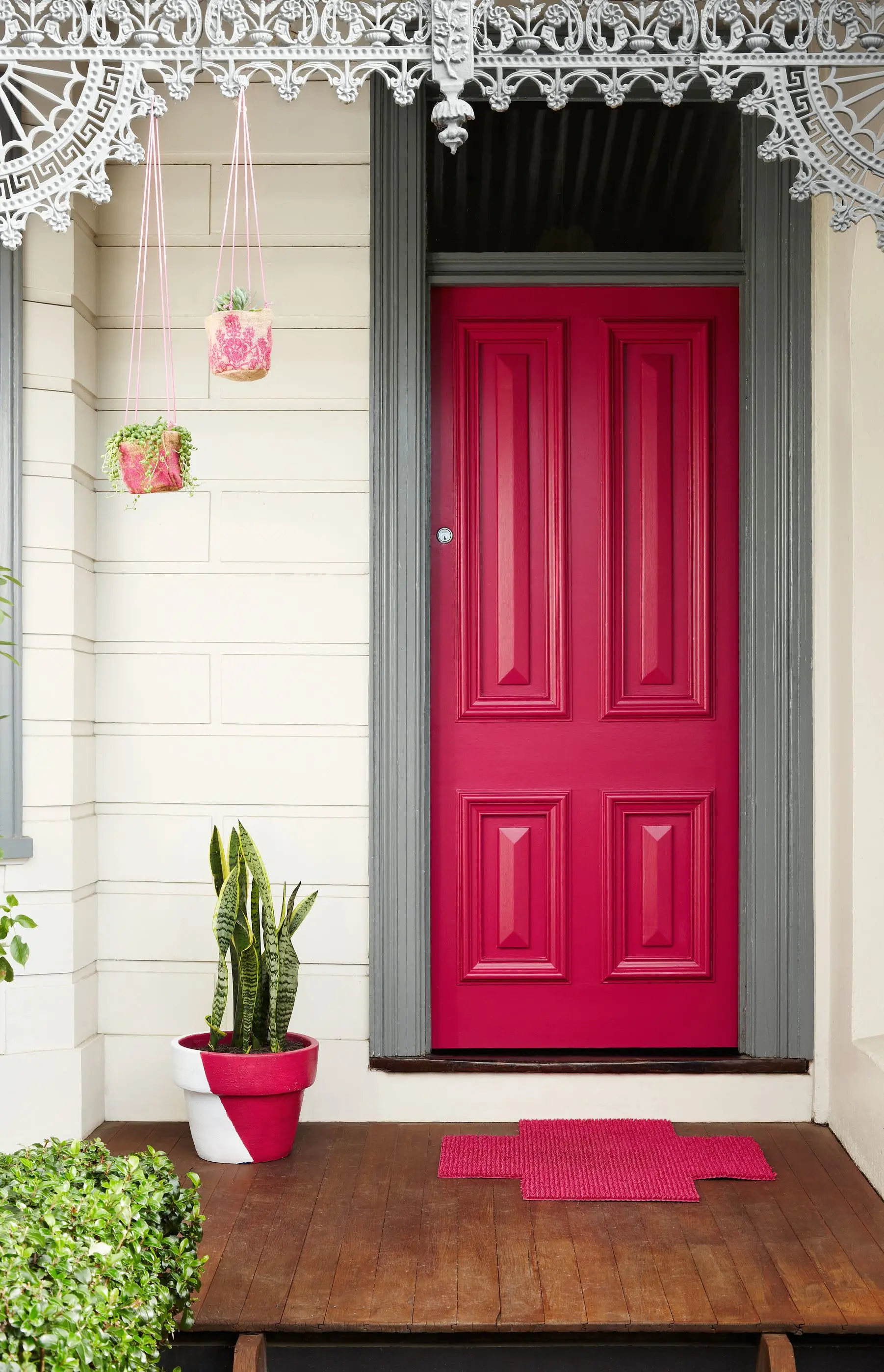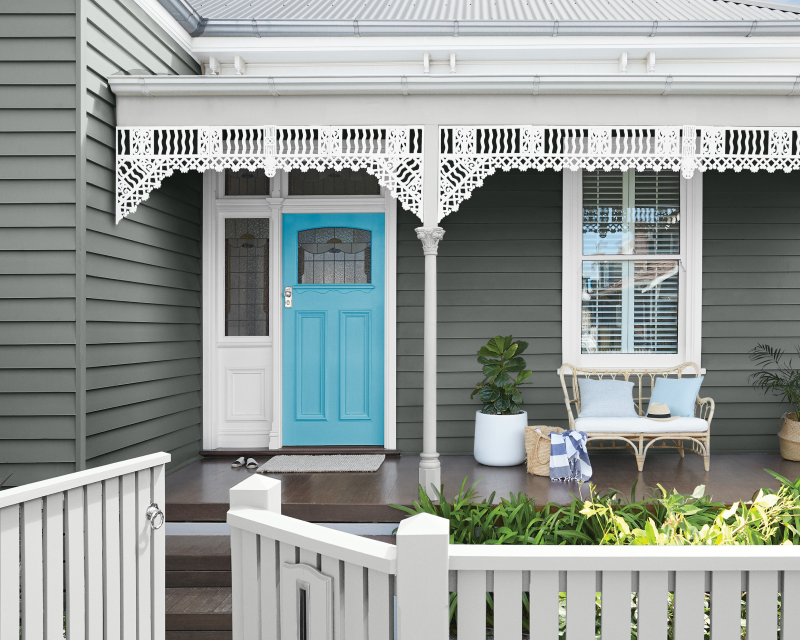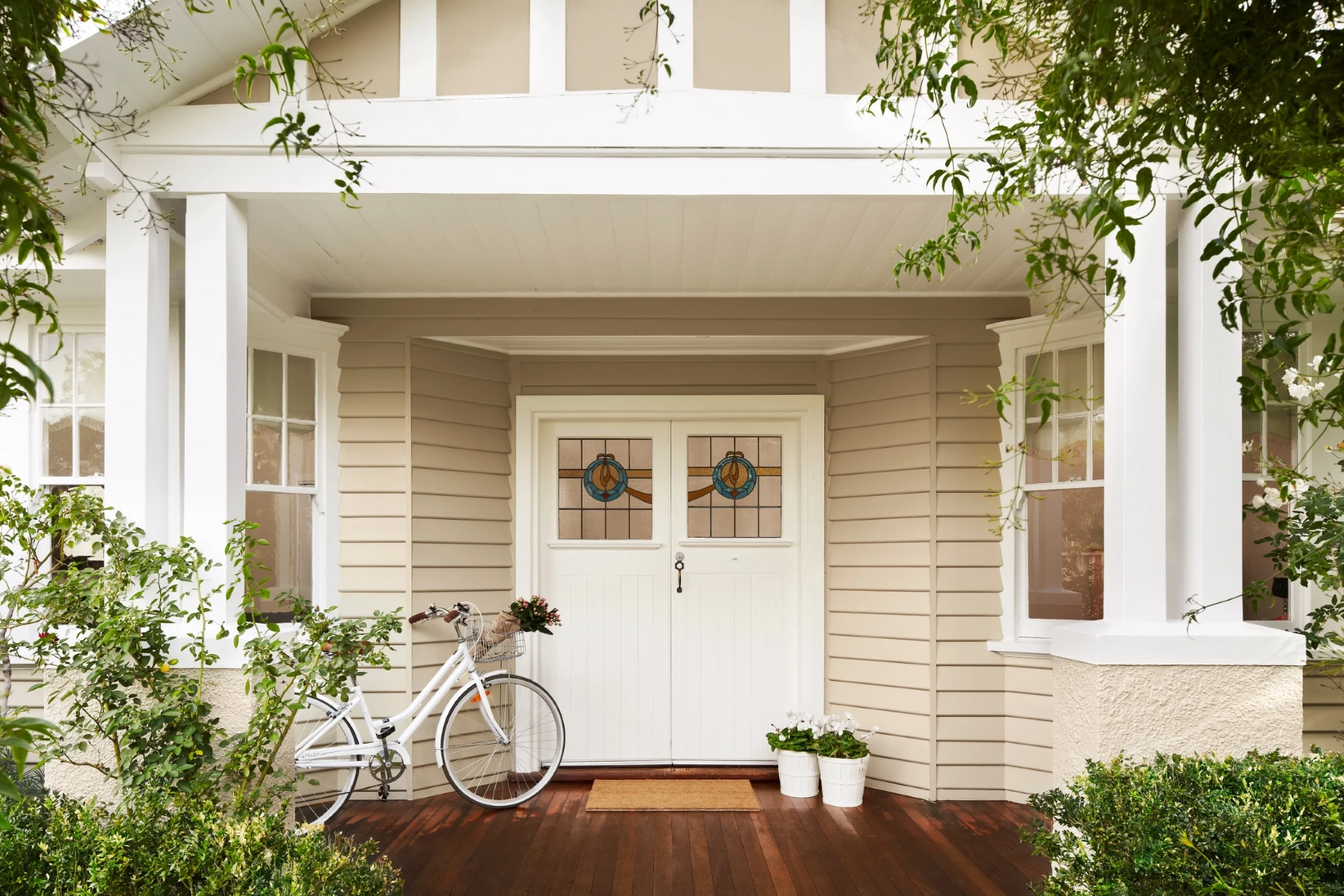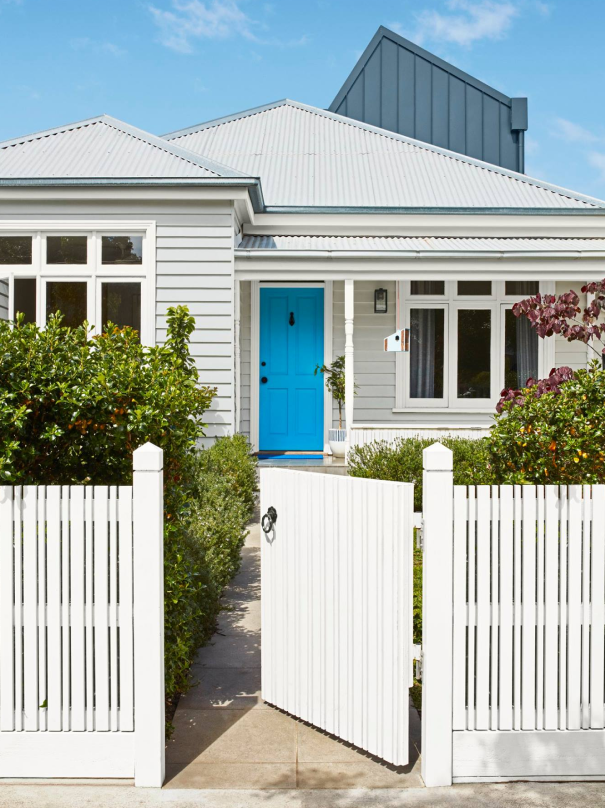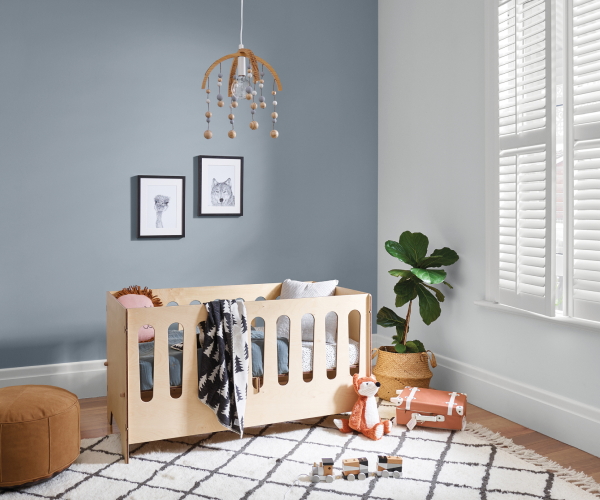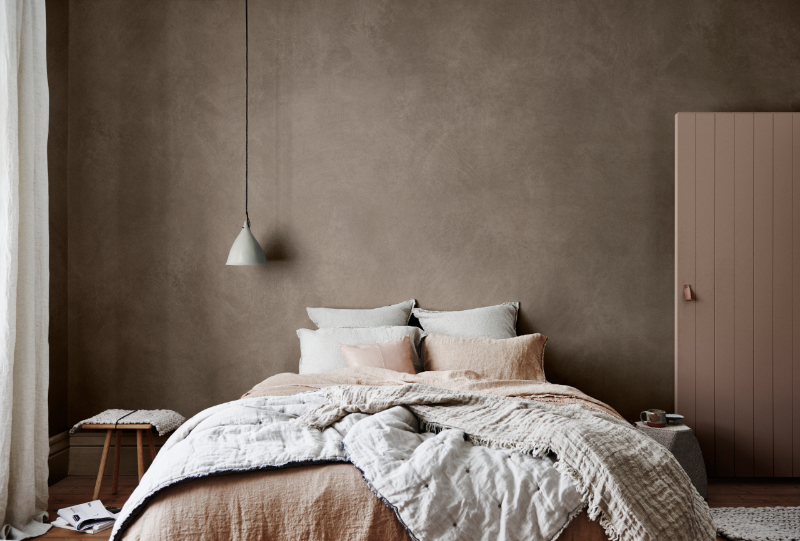Expert tips for using enamel paint
Refreshing the doors, windows and trim in a room can give it a new lease on life. In high traffic areas especially, a repaint can really transform the room, giving it a clean, crisp finish. Enamel paint is the best choice, as it breathes new life into old doors, windows and trim by giving it a durable, long lasting finish.
Follow 4 easy steps to get you started.
How to choose the right gloss level
When deciding on what paint to use for your doors, windows and trims, we recommend Dulux Aquanamel®. Not only does it have a smooth-flow technology for an expert finish, but it's also a water-based paint for easier clean-up versus oil-based enamel paints. When you're choosing this paint, it's important to consider the type of finish you want:
Gloss: Achieves a highly reflective finish that gives a more intense look. It is recommended for high-traffic areas as it is very durable and easy to wash. Typically a more traditional finish.
Semi gloss: Provides a glossy finish, but not as brilliant as a gloss. It offers good stain resistance, is durable and is easy to wash. Semi gloss is more popular in contemporary-styled rooms and homes.
Low gloss: Offers a subtle gloss finish. It can reduce the appearance of imperfections and provide a more seamless transition between your doors, windows and trim throughout your house including in bathrooms, bedrooms, kitchens and living rooms.
Here's what you'll need to get started:
Tools & Accessories
How to paint perfect windows and trim
Explore our gallery
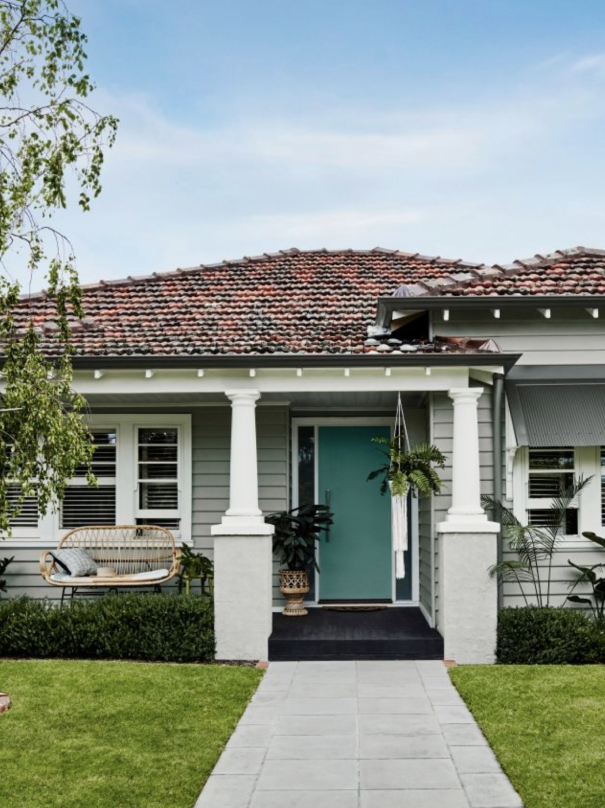
Trim
White Duck Quarter
White Duck Quarter is a soft warm neutral with a slightly green undertone. It can be used in any interior space or as a main or trim colour on exteriors and pairs well with neutrals such as Oyster Linen and Linseed.
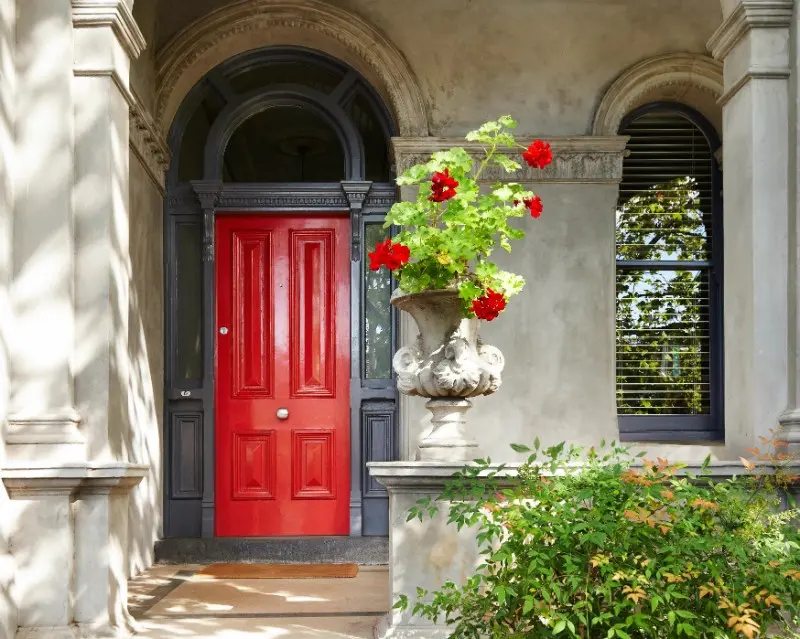
Door
Symphony Red
The rich and decadent Symphony Red can be used for interior and exterior highlights, including the front door. It pairs well with warm whites such as Antique U.S.A.® and Seed Pearl.
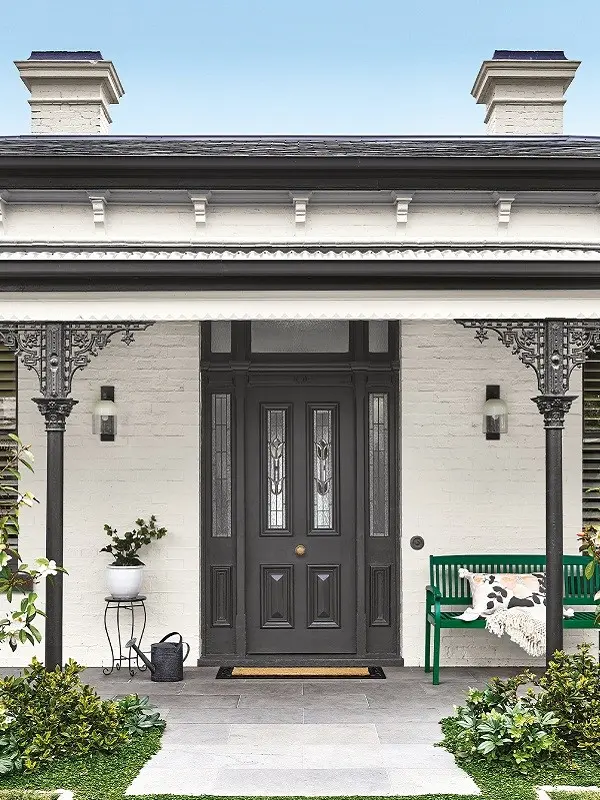
Exterior
Natural White™
Natural White™ is the lightest of warm whites and also one of our most popular. Loved by home renovators and interior designers alike, this versatile white will brighten any space. It is perfect for main walls inside and out and ideal for exterior features. It never fails to impress.

Door
Outrageous Red
Outrageous Red is exactly as its name suggests with this striking colour able to inject passion into any project. An Outrageous Red front door will turn heads and be the talk of the street.
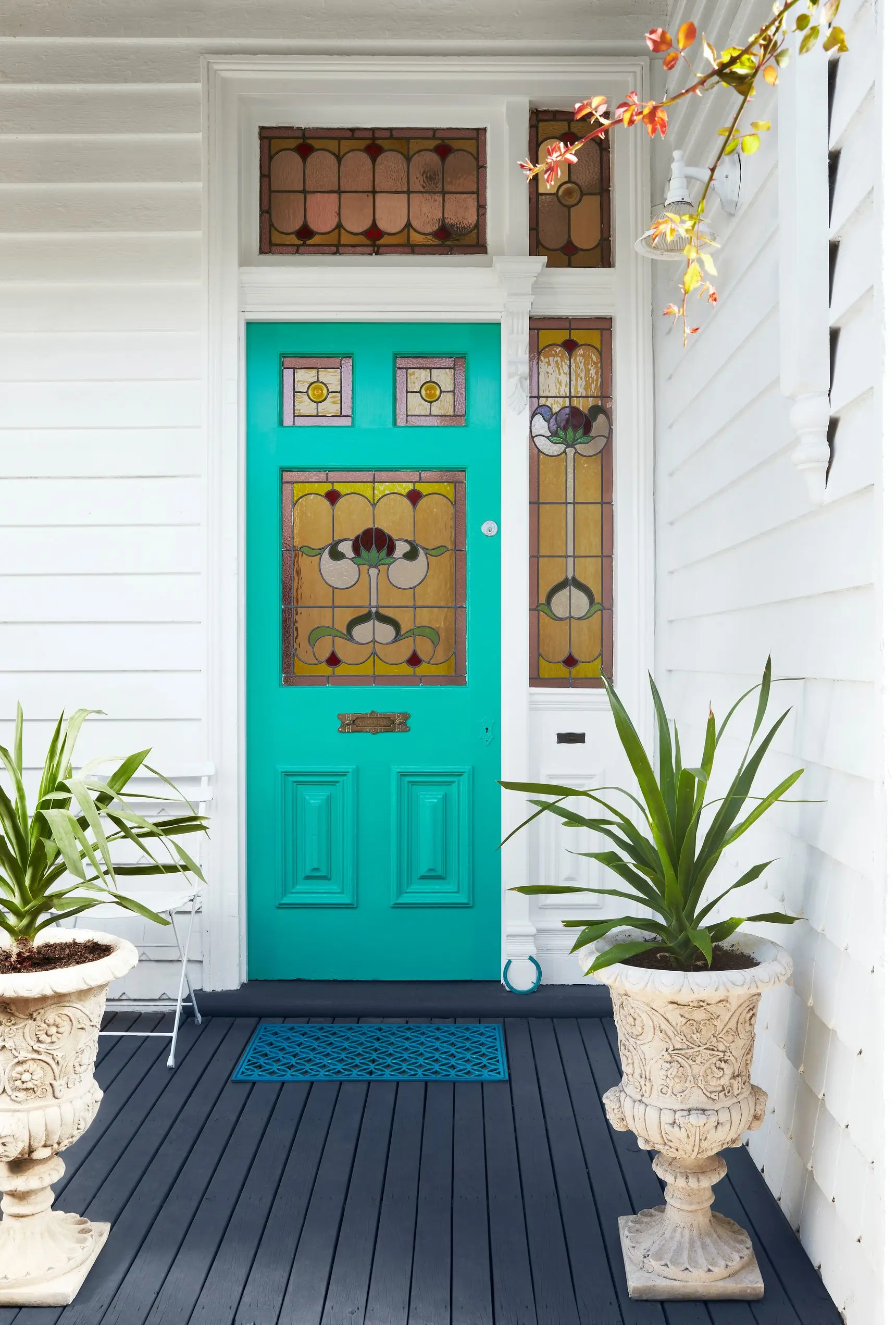
Exterior
White on White™
White on White™ is a clean, minimalist white that brings a sense of energy and vitality to your home. This cool white with a slightly cool blue undertone is perfect for a bright space in a contemporary setting.

Exterior
Natural White™
Natural White™ is the lightest of warm whites and also one of our most popular. Loved by home renovators and interior designers alike, this versatile white will brighten any space. It is perfect for main walls inside and out and ideal for exterior features. It never fails to impress.
How to paint perfect doors
More perfect painting guides
It’s a special time preparing a nursery – be sure to have fun with it and use the right products.
Add Dulux Design Effect to give a feature wall more personality.
Creating a bright and lively room is a great way to inspire your kids, their sense of fun and their creativity.
Reinvigorate the look of your laminate, melamine or wooden cabinet doors.
Our friendly Help and Advice team can help you. Call 13 25 25 and speak to one of our team members or submit an enquiry via our online form.
Available 6 days a week, start a chat with our team to discuss everything you need to gain colour confidence.
Fill out our enquiry form and our expert Help & Advice team will get back to you about your request.
